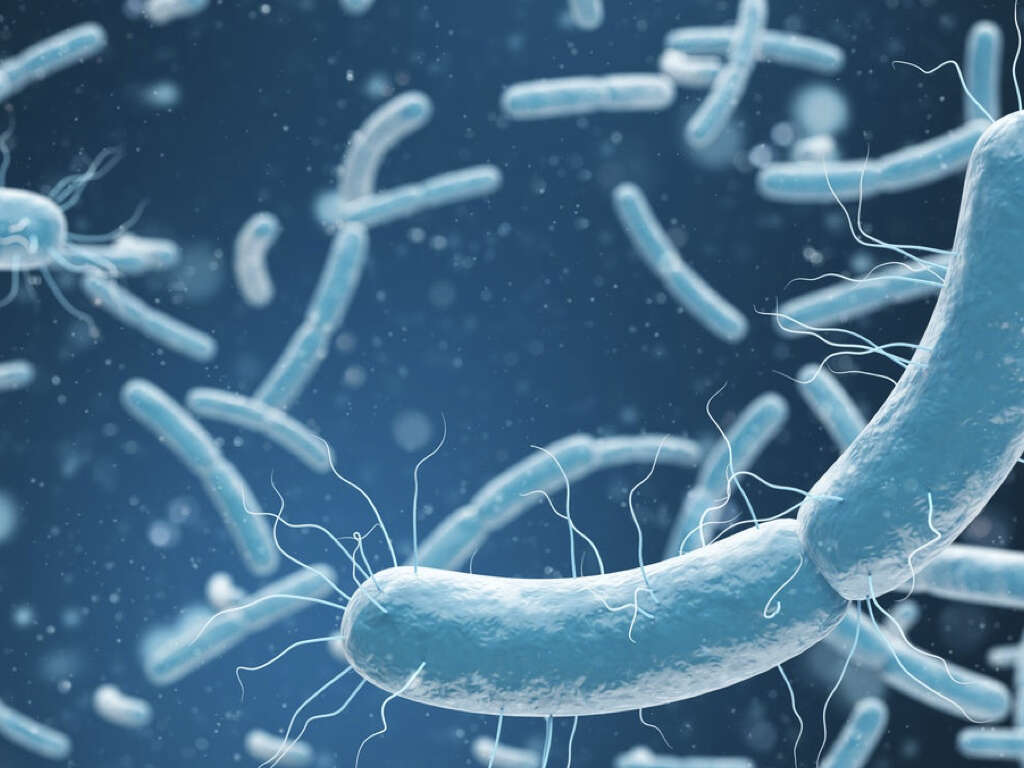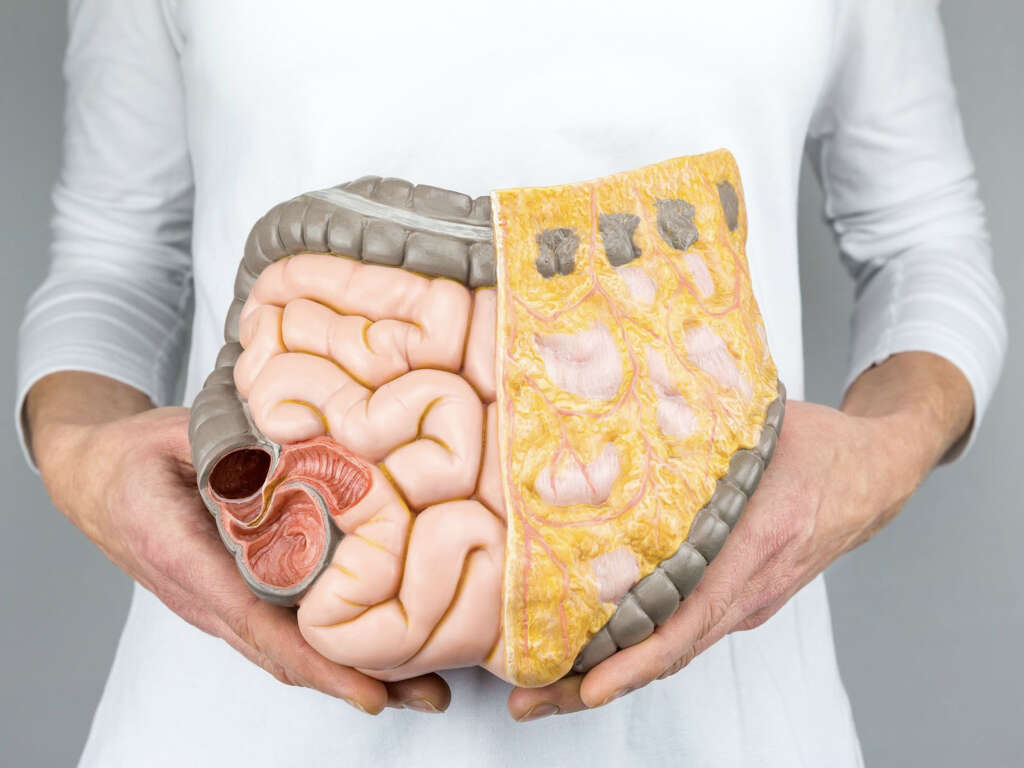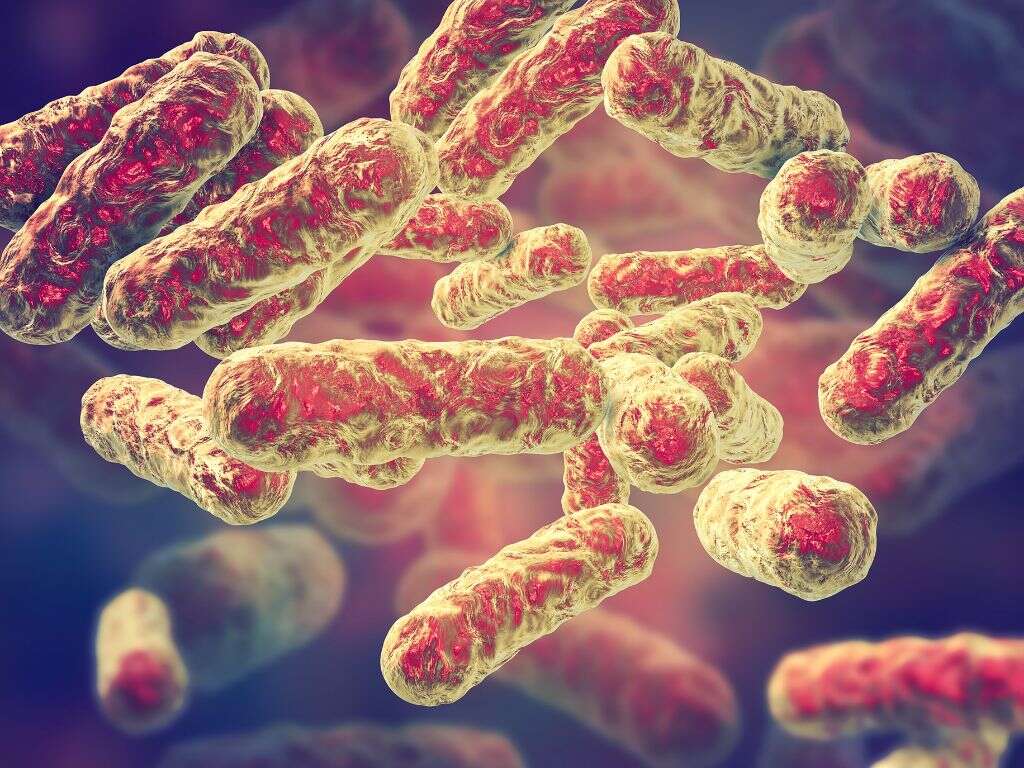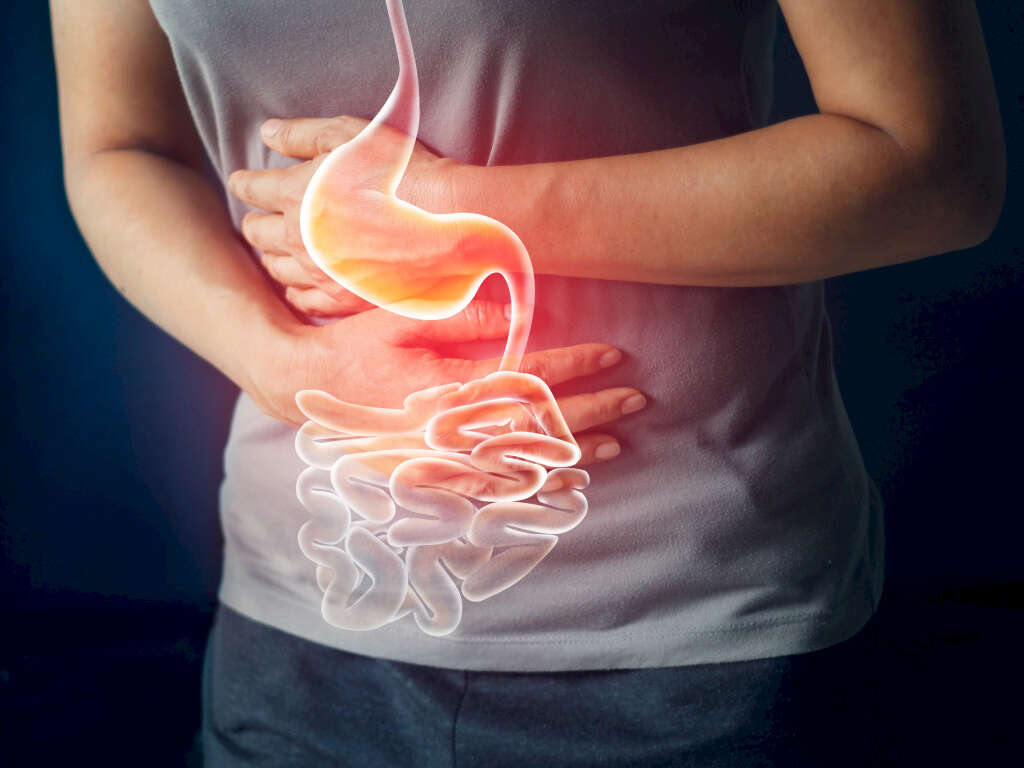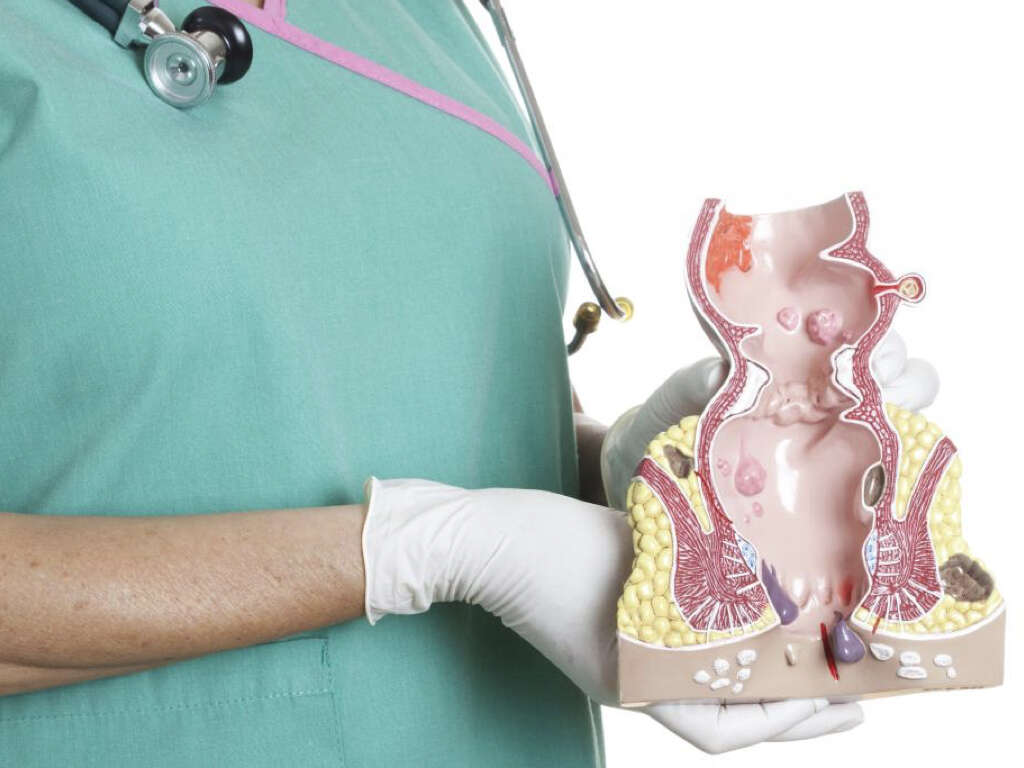What Is Giardiasis?
Between the stomach and the colon lies the small intestine. It is so called because its diameter is much smaller than that of the colon. However, the small intestine is very long. If uncoiled, it would measure at least 9 feet in length. The small intestine is where most of the food you eat is digested and the nutrients are absorbed into the body.
Giardiasis is an infection with a parasite that affects the function of the small intestine. It is fairly rare in the United States, affecting pets more often than people. It is treatable with medications, and even without treatment, it usually runs its course within a few weeks. However, it can produce adverse gastrointestinal symptoms that are sometimes severe. Although death from giardiasis is very unusual, it can occasionally cause long-term complications.
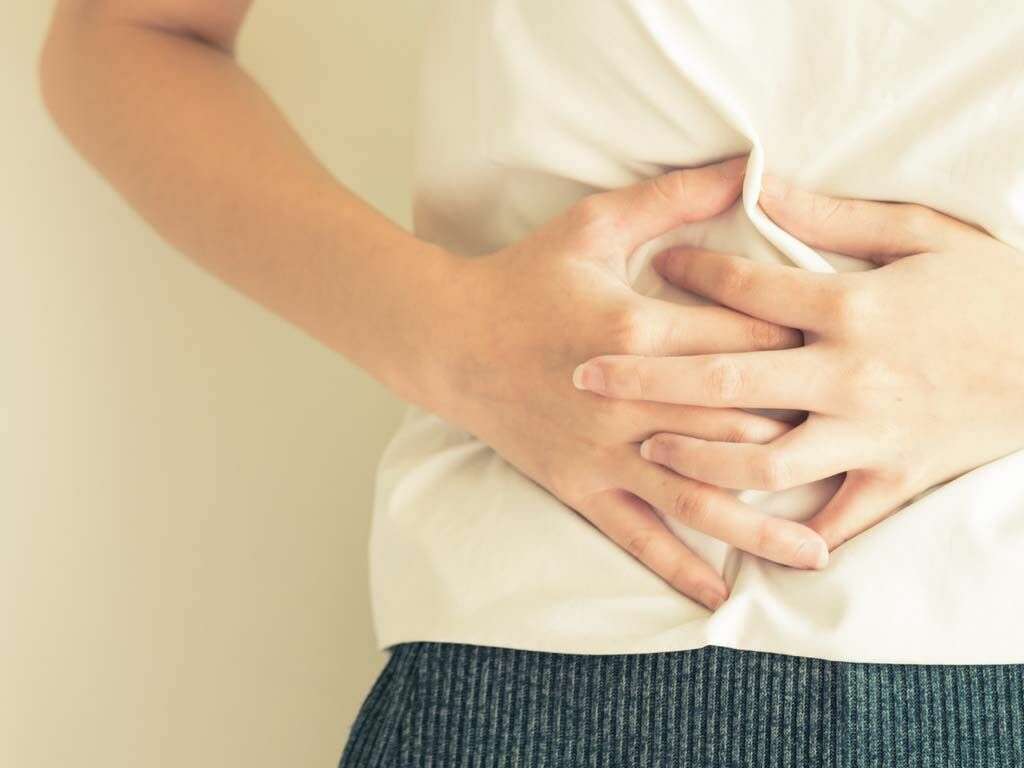
1. Causes
Giardiasis is caused by a protozoan parasite, a single-celled organism called Giardia lamblia. Inadvertently swallowing these microscopic organisms can lead to an infection as they use a sucker to latch onto the interior walls of your small intestine. For this reason, they are also sometimes known as Giardia intestinalis or Giardia duodenalis after the specific area of the small intestine, the duodenum, where they are most often found.
Giardia lamblia exists in one of two life states. An individual specimen is called a trophozoite when it is active in the small intestines. However, once it exits the body, it goes inactive, encasing itself in a hard shell called a cyst. It can exist in this dormant state for months at a time. Once ingested by a new host, however, the acid in the stomach activates the cyst and the trophozoite re-emerges. As few as 10 trophozoites in the small intestine can produce symptoms of giardiasis.
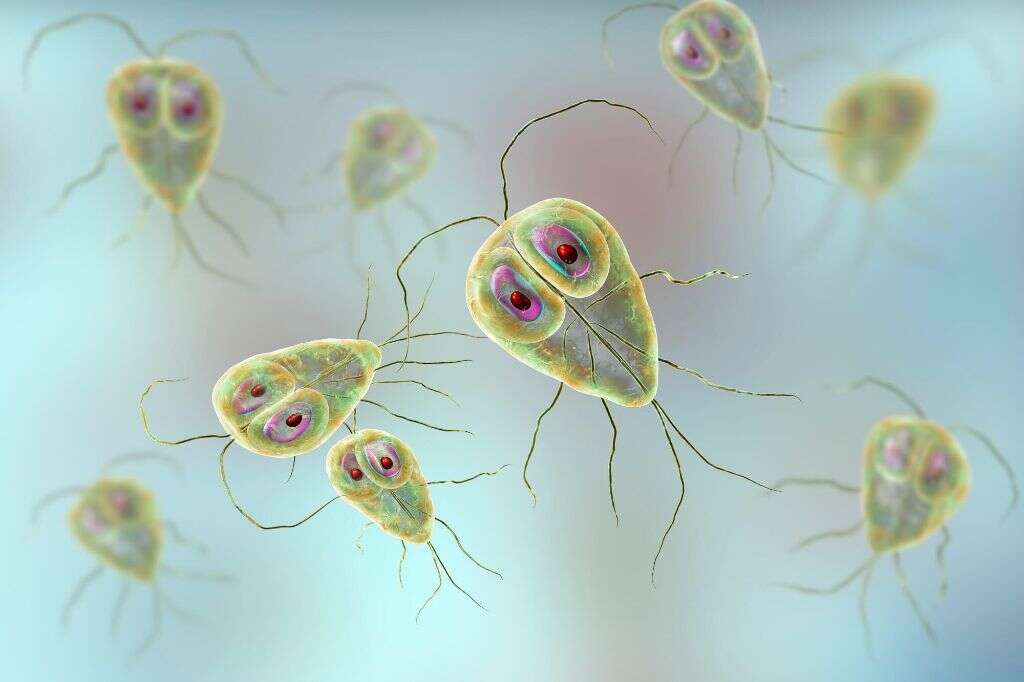
2. Prevalence
The organisms that cause giardiasis exist all over the world. It is most common in areas where water quality and sanitation are poor. Specific regions where giardiasis is endemic include western South America, Mexico, and Southeast Asia. Giardiasis is often the cause of travelers’ diarrhea that afflicts people who travel to these regions.
Intestinal parasites, in general, are relatively rare in the United States. Giardia lamblia is the most common cause of intestinal parasitic infections in the U.S., but even it only accounts for approximately 20,000 cases per year. Giardiasis is much more common in pets and wild animals than it is in people. However, it is a zoonotic disease, which means that human beings can pick it up from animals.
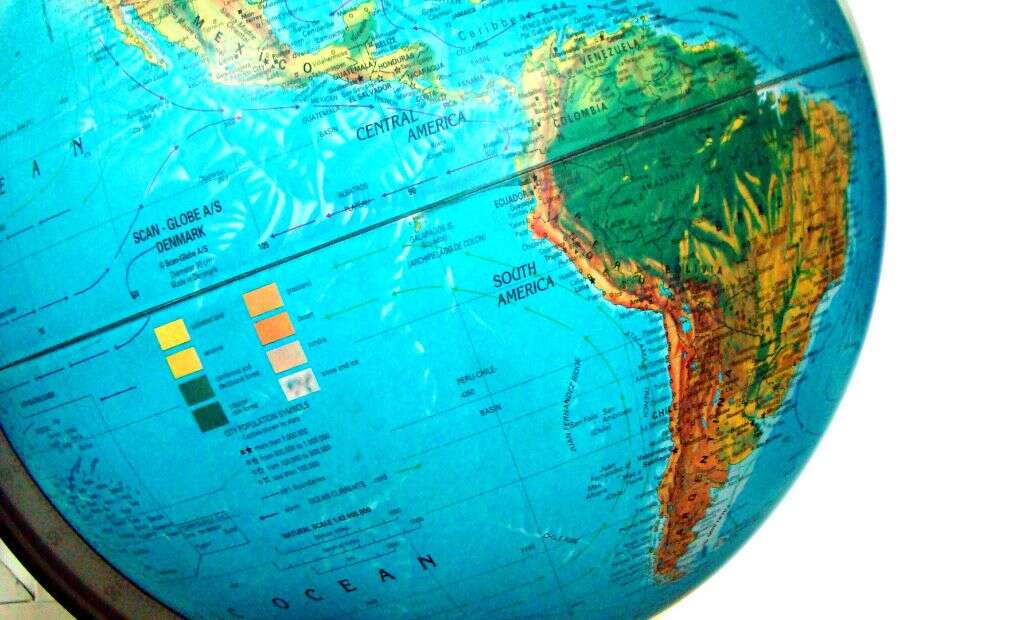
3. Risk Factors
Water sources can become contaminated with giardia due to animals’ excrement or run-off from farms. Drinking contaminated water, brushing your teeth with it, or using it to clean fresh produce can lead to giardiasis. Inactive giardia cysts can survive for up to 45 minutes in chlorine treated swimming pools. Therefore, if an infected person has been swimming in a pool and you accidentally swallow some of the water, you could become infected that way. Giardia is sensitive to heat, so cooking food usually kills it, although contaminated raw food could still pose a risk of infection.
Another way that you could become infected with giardiasis is by coming into contact with the feces of an infected animal or person. This occurs when a person fails to wash his or her hands after using the toilet, changing a diaper, or cleaning up after pets. Giardiasis is fairly common in care facilities such as nursing homes and daycare centers. Both the caregivers and recipients may be affected. People who engage in anal sex are also at risk for giardiasis.
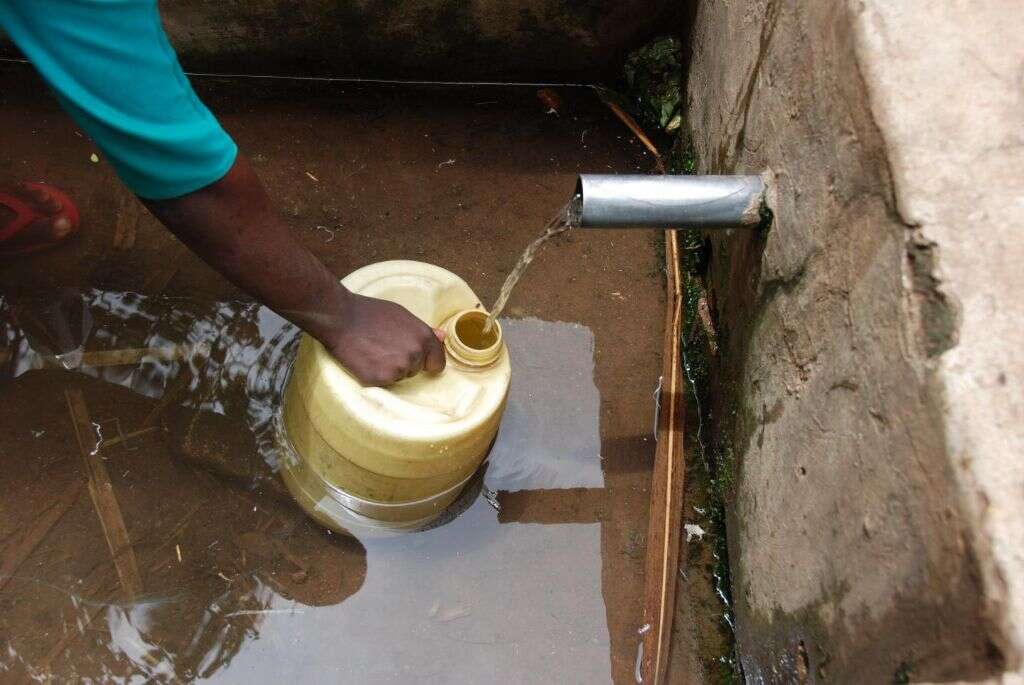
4. Symptoms
A person can be infected with giardiasis for a week or two before showing symptoms, and some never experience any symptoms at all. However, even an asymptomatic person can pass the infection on to others. The most common symptoms of giardiasis are soft, greasy stools and watery diarrhea. Another very common symptom is abdominal cramping and pain. This can range from mild to severe.
Giardiasis can cause other gastrointestinal complaints such as gas, bloating, nausea, or vomiting. Given how giardiasis can affect the gastrointestinal tract, it is no wonder that it can also cause a loss of appetite. Systemic symptoms may include headaches and extreme fatigue. Rarely, a low-grade fever of 100.4 or less is present as well.

5. Diagnosis
If you have symptoms of nausea, abdominal cramping, and loose stools that last more than a week, you should see your doctor. At your physical examination, your doctor will probably ask you questions about your recent activities and symptoms to try to narrow down what is causing them. To confirm a giardiasis diagnosis, you may need to submit one or more stool samples for testing.
The doctor will send your sample to a lab where technicians will perform microscopic analysis of the excrement to check for the presence of trophozoites and/or cysts. Not every bowel movement will contain evidence of giardiasis, however, so your doctor may request up to three samples. Rarely, more invasive testing methods, such as an intestinal biopsy, may be necessary to confirm a diagnosis of giardiasis.

6. Complications
The watery diarrhea characteristic of giardiasis can cause your body to lose too much fluid, resulting in dehydration. This can be dangerous, especially for young children. It is important to drink plenty of fluids to stay hydrated, but avoid any caffeinated drinks. Caffeine is a diuretic that causes you to lose fluids more quickly. For reasons that are not entirely clear, people with giardiasis can develop lactose intolerance that can continue even after the infection subsides.
Because giardia interferes with the absorption of nutrients from the food you eat, it can cause you to lose excess amounts of weight over a dangerously brief period of time. This malabsorption can prevent young children from getting the necessary nourishment they need to grow. This can disrupt a child’s normal development, both physically and mentally.

7. Treatment
If symptoms of giardiasis are relatively mild, your doctor may recommend no treatment and allow the infection to resolve on its own. However, if you have severe symptoms, or if you work in a facility where you could potentially spread the disease to a vulnerable population, your doctor may prescribe medication to treat the infection.
The most common medications used to treat giardiasis include nitazoxanide, tinidazole, and metronidazole. Each has advantages as well as potential unpleasant side effects. Nitazoxanide is sometimes given to children who have difficulty swallowing pills because it comes in a liquid form, but it can cause eyes and urine to turn yellow. Metronidazole is the most commonly used medication used to treat giardiasis. A common side effect of metronidazole is a metallic taste in the mouth, and it must be taken for five to seven days. Tinidazole has similar side effects to metronidazole but works just as well after only one dose.
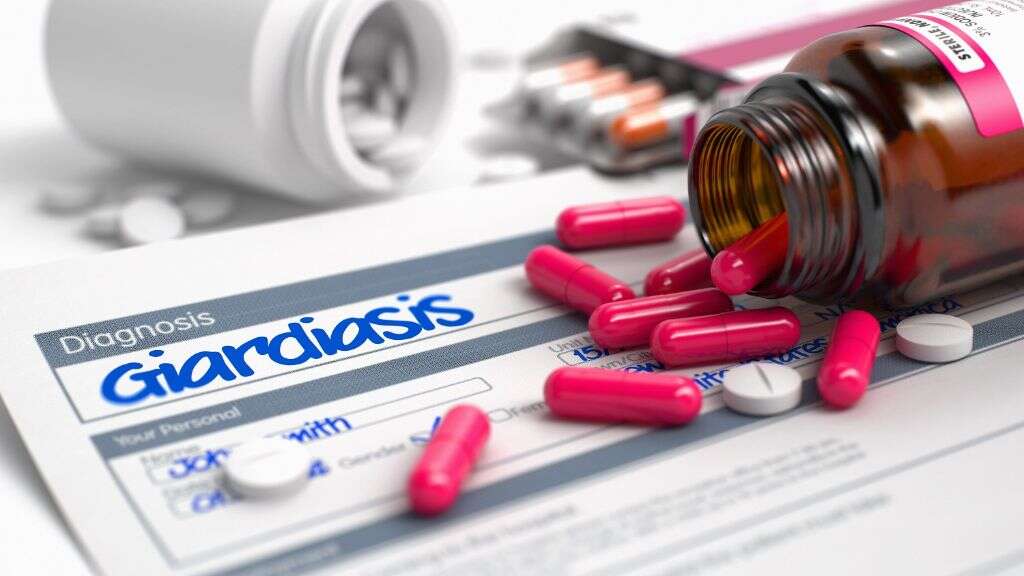
8. Recovery
Left untreated, giardiasis will eventually subside on its own. This is a process that can take three to six weeks, or sometimes longer. If one member of the household contracts giardiasis, it is likely that other members of the family will also become infected. You can prevent this with good hygiene and by limiting person-to-person contact with the infected person.
Treatment with medication shortens the duration of giardiasis. You will usually start feeling better within a week’s time. Another advantage of treating giardiasis with medication is that the time that you are contagious and able to spread the disease to others is also much shorter compared to no medication.
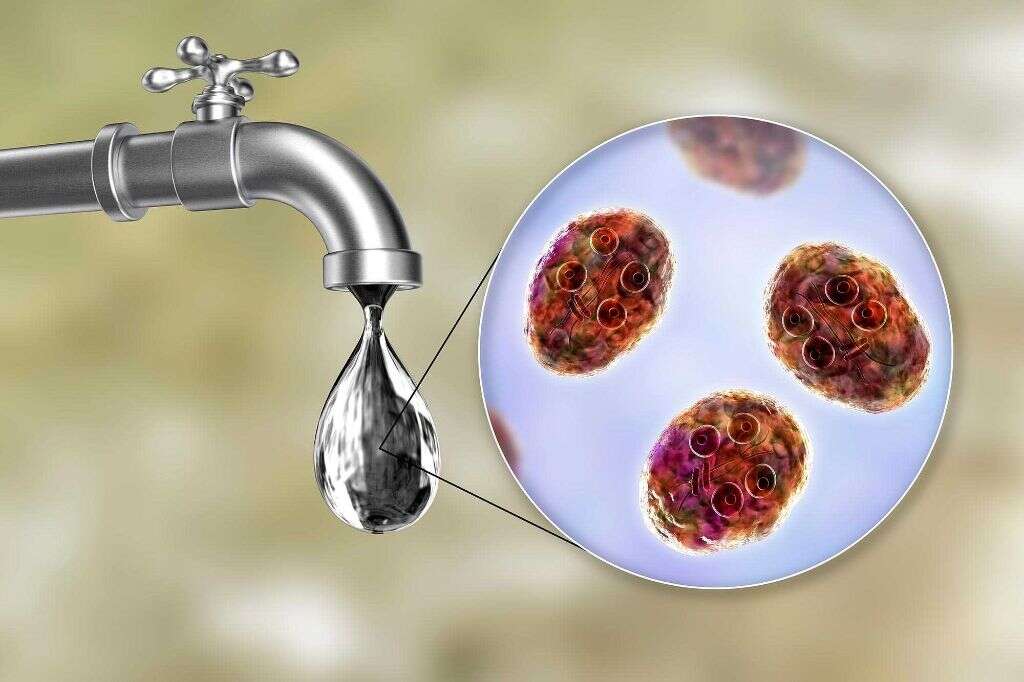
9. Prognosis
With or without treatment, most people recover from giardiasis with no lasting ill effects. However, some people exhibit chronic symptoms of giardiasis following an infection. The reasons for this are not entirely clear. It may be due to bacterial overgrowth of the small intestine or postinfectious irritable bowel syndrome.
The dehydration that may result from severe diarrhea due to giardiasis can be especially dangerous for pregnant women and young children. Although giardiasis is rarely fatal in adults, infants who become dehydrated due to giardiasis can die as a result.
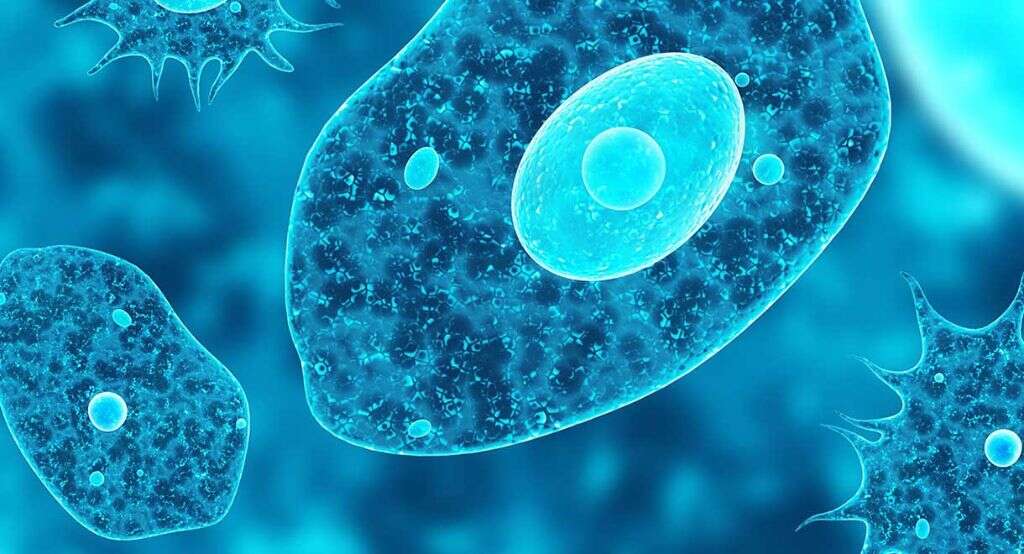
10. Prevention
Although there is no vaccine to prevent giardiasis, there are preventative measures you can take to protect yourself and your family. If you frequently go camping or hiking, do not drink water that comes from natural sources such as lakes or streams unless you boil it first for at least 10 minutes. Better yet, bring your own bottled water to drink. If you get your water from a well, have it checked periodically to ensure the water is still of good quality and uncontaminated. Be especially careful if you travel to areas where giardiasis is common. Even if you avoid drinking the water, you may still be exposed if you drink a beverage with ice or you use tap water to brush your teeth.
You can avoid spreading giardiasis to others by washing your hands often, especially after going to the bathroom and before preparing food. Observe any rules at the public pool that prohibit swimming for anyone who has had diarrhea within the past two weeks. People who engage in anal sex should always use a condom.





